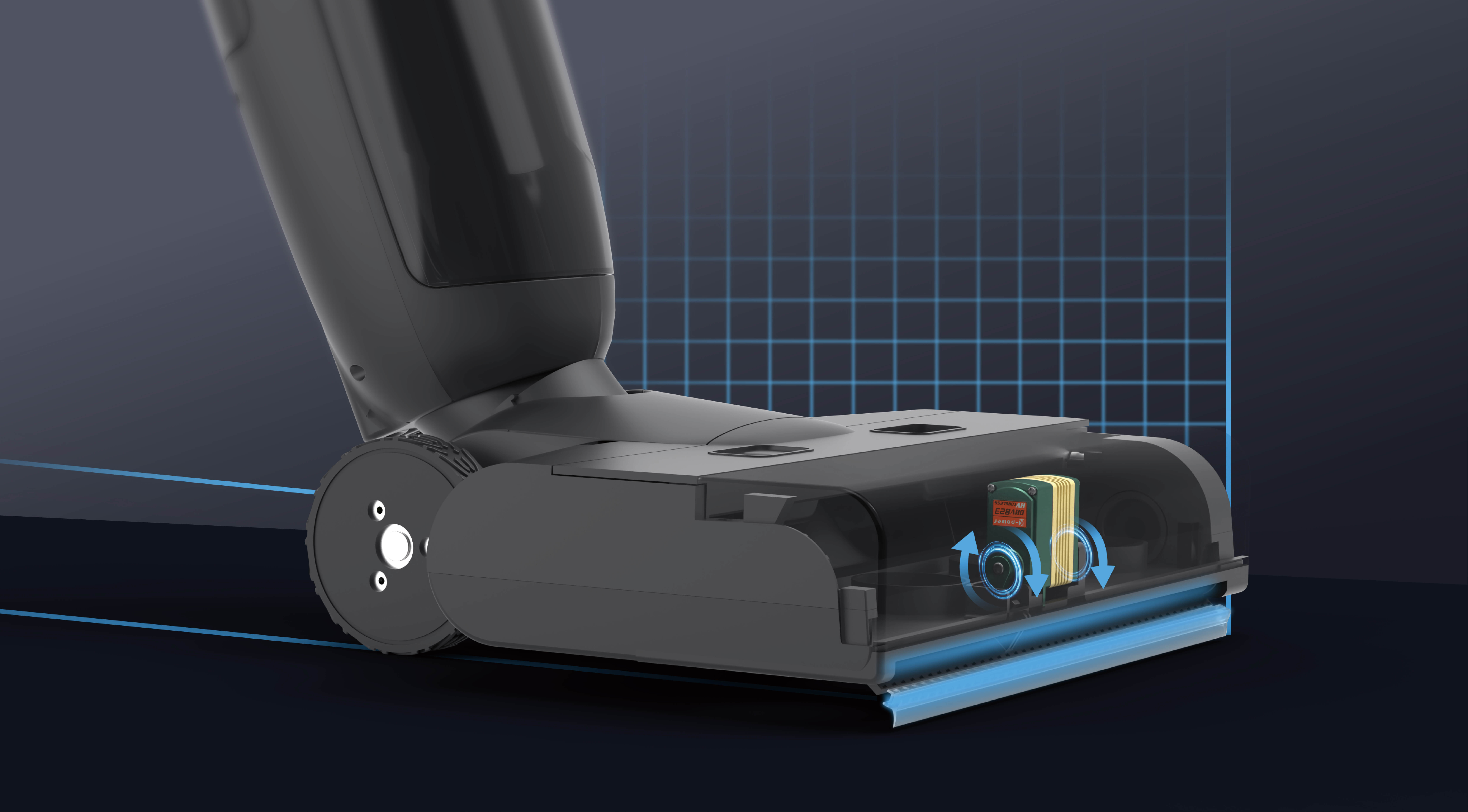Getting Started with Arduino and Servo Motors: A Journey into Creative Automation
If you're fascinated by robotics, automation, or just love tinkering with electronic gadgets, the chances are you've come across the magic of Arduino. An open-source microcontroller platform that’s simple yet powerful, Arduino has empowered countless hobbyists, students, and engineers to bring their ideas to life. Among the countless components you can connect to an Arduino, servo motors stand out for their ability to rotate to specific positions, making them perfect for anything from robotic arms to camera gimbals.

What is a Servo Motor? Before diving into the how-to, it’s helpful to understand what a servo motor actually does. Unlike regular motors that spin continuously, servo motors are designed for precise angle control—they move to a specific position when commanded, and hold that position. This makes them excellent for applications where positioning accuracy matters. Typically, they consist of a small electric motor, gears, a potentiometer for position feedback, and a control circuit.
Common Types of Servo Motors:
Standard Servo: Usually used for hobby robotics, capable of rotating approximately 180 degrees. Continuous Rotation Servo: Can rotate infinitely, useful for driving wheels. Digital Servo: Offers faster and more precise control, ideal for advanced projects.
Most hobby servo motors operate with a simple control signal — Pulse Width Modulation (PWM). The width of the pulse determines the angle, usually within a range of 0.5ms to 2.5ms, corresponding to 0° to 180°.
Why Use Arduino with a Servo? Arduino provides an easy-to-use programming environment and a range of libraries that simplify controlling servo motors. With just a few lines of code, you can make your servo move smoothly between positions, respond to sensors, or even execute complex sequences.
Choosing the Right Servo for Your Project When selecting a servo, consider the following:
Torque: How much turning force you need; comes in different sizes. Speed: How quickly the servo can reach its set position. Voltage: Commonly 4.8V to 6V; check your Arduino power supply. Size and Weight: Important based on your project’s form factor.
Popular models for beginners include the SG90 micro servo and the MG995 metal gear servo. They are affordable, widely available, and well-documented.
Getting Your Components Ready To start your Arduino servo project, gather these essentials:
Arduino Uno or compatible board Servo motor (e.g., SG90 or MG995) Jumper wires Breadboard (optional for organized wiring) Power supply (often the Arduino’s 5V pin suffices for small servos)
Wiring the Servo to Arduino Here’s how you typically connect a servo:
Red wire (Power): Connect to the 5V pin on Arduino Black/Brown wire (Ground): Connect to GND on Arduino Yellow/Orange wire (Signal): Connect to a PWM-capable digital pin (like pin 9)
Once wired, you’re ready to program.
Programming Your Arduino to Control the Servo (Part 1)
The core of controlling a servo with Arduino is the Servo library, which simplifies generating PWM signals. Here’s a basic example:
#include Servo myServo; // create a servo object void setup() { myServo.attach(9); // attach servo on pin 9 } void loop() { myServo.write(0); // move to 0 degrees delay(1000); // wait for a second myServo.write(90); // move to 90 degrees delay(1000); myServo.write(180); // move to 180 degrees delay(1000); }
Upload this code, and you’ll see your servo sweep through different angles. It’s a simple yet powerful way to understand the basics of controlling motion.
Troubleshooting Tips:
Make sure your servo’s power supply is adequate—some servos draw more current than the Arduino’s 5V pin can provide. Using an external power supply can prevent reset issues. Ensure the connections are solid and correct. Use the Servo.h library for smoother and more reliable control.
Beyond the Basics: Enhancing Your Servo Projects
Once comfortable with simple movements, you can explore more complex control, such as:
Creating continuous rotation movements for robotics wheels Using sensors (like ultrasonic sensors) for obstacle avoidance Implementing feedback loops for precise positioning Building multi-servo rigs for robotic arms or pan-tilt camera systems
Combining multiple servos with Arduino unlocks a universe of possibilities in automation and creative engineering. For example, a simple robot arm can be assembled with multiple servos to mimic human motion, or a camera gimbal can be stabilized with dual servos responding dynamically to movements.
Preparing for the Second Part In the next segment, we’ll dive deeper into advanced programming techniques, calibration tips, power management strategies, and showcase inspiring project ideas that highlight what’s possible when you harness the power of Arduino servo motors. Stay tuned for practical insights, troubleshooting advice, and creative inspiration to turn your ideas into reality.
Established in 2005, Kpower has been dedicated to a professional compact motion unit manufacturer, headquartered in Dongguan, Guangdong Province, China.




































